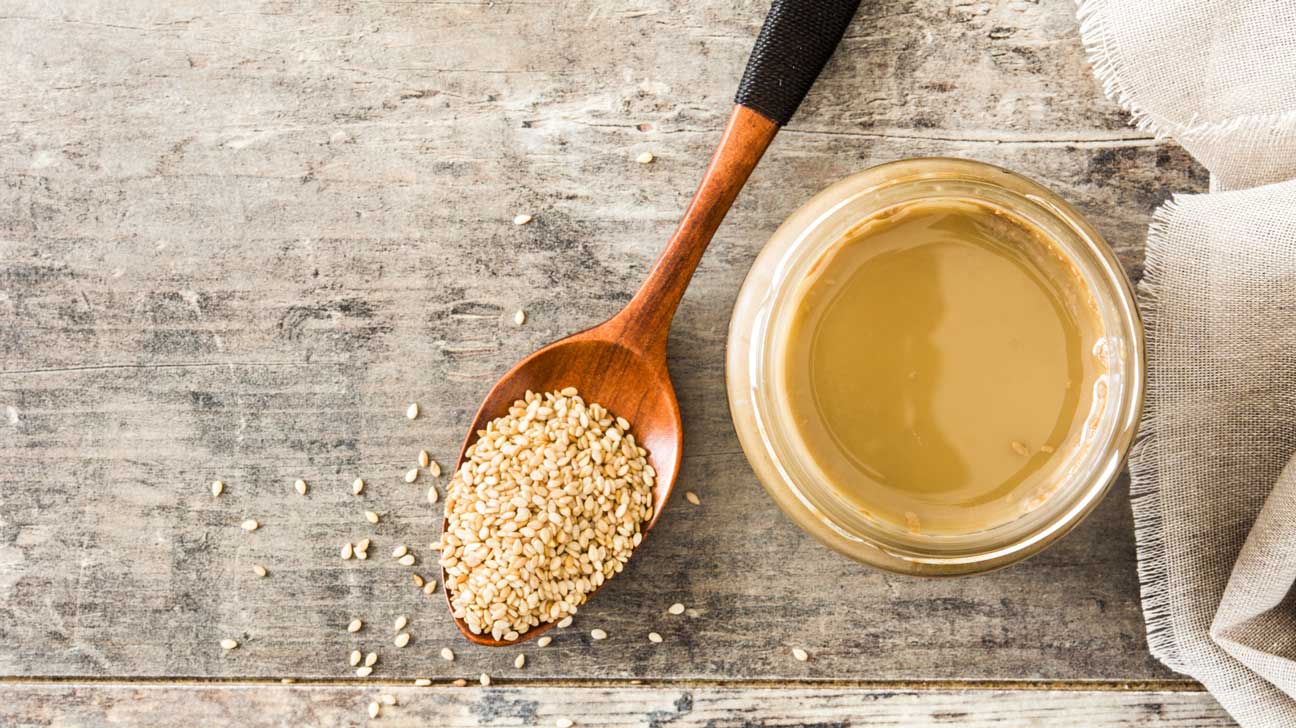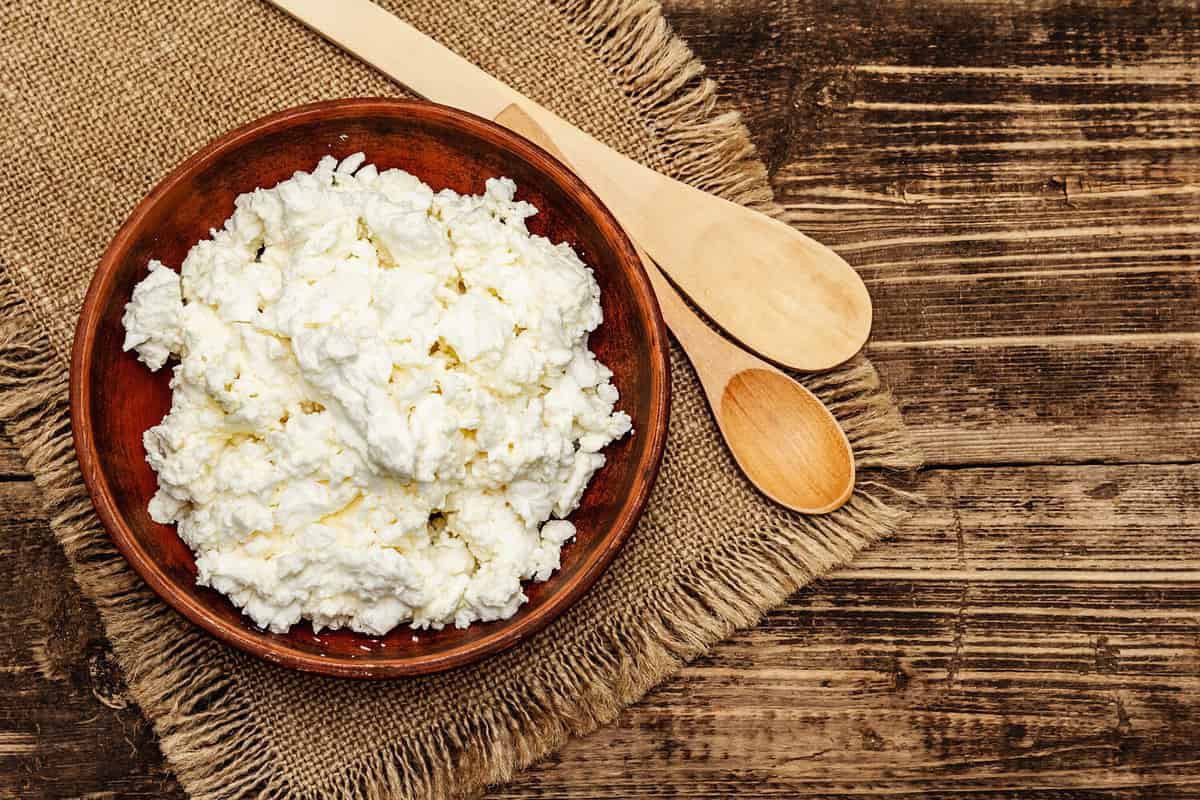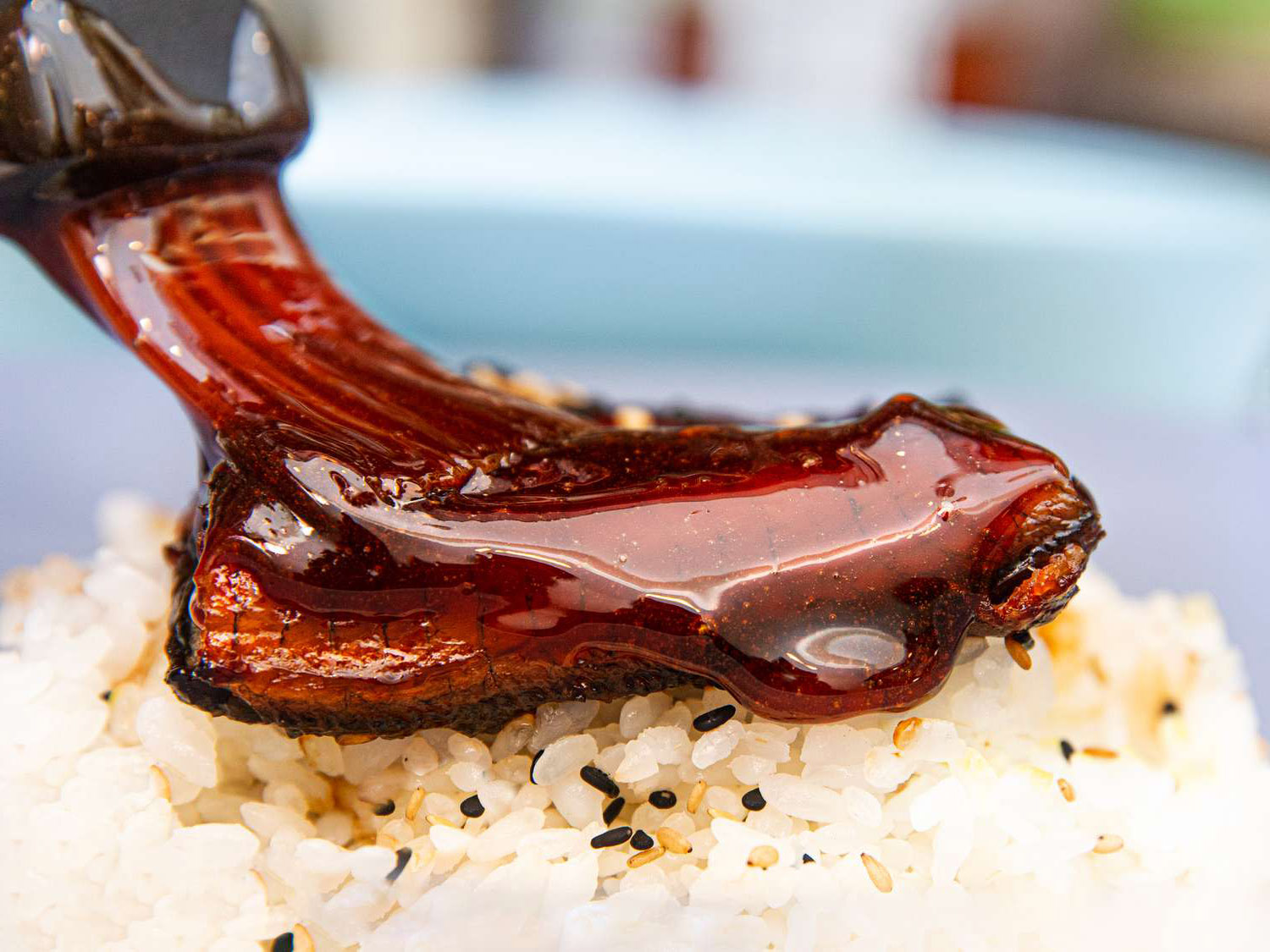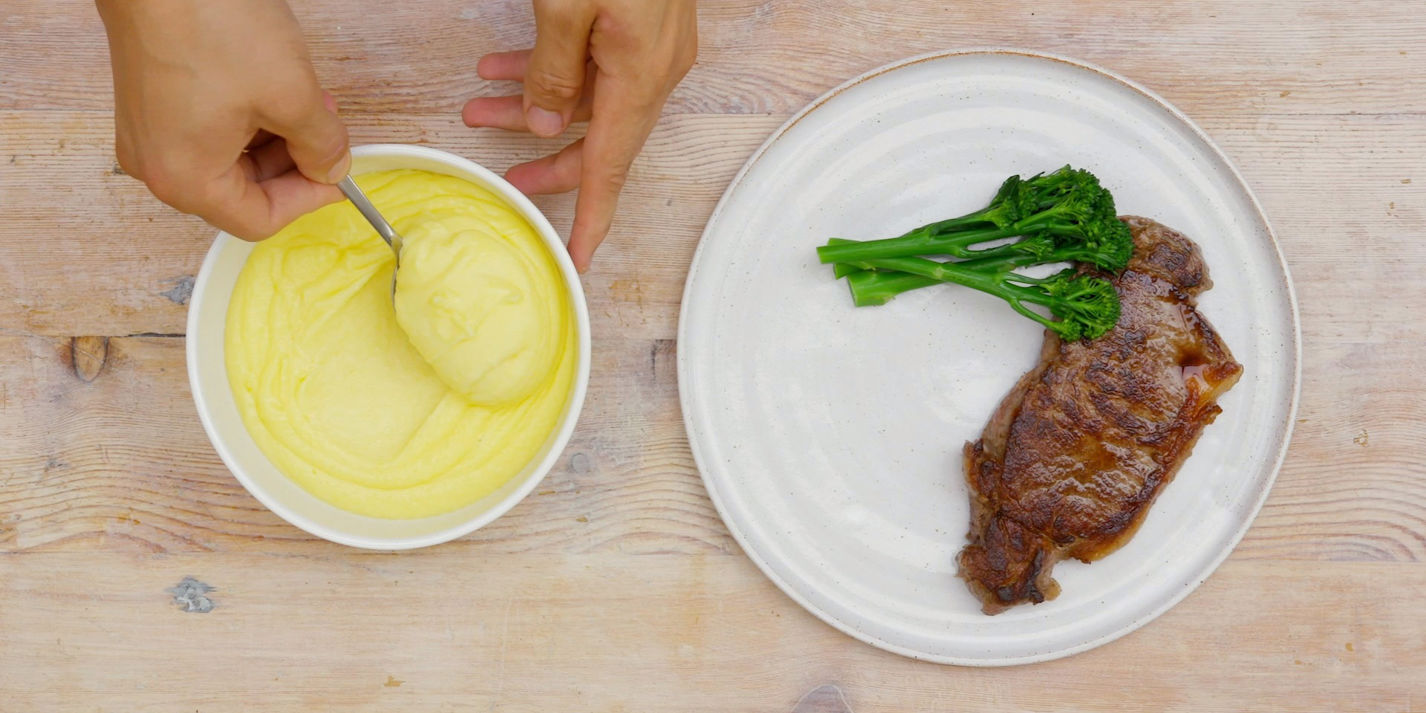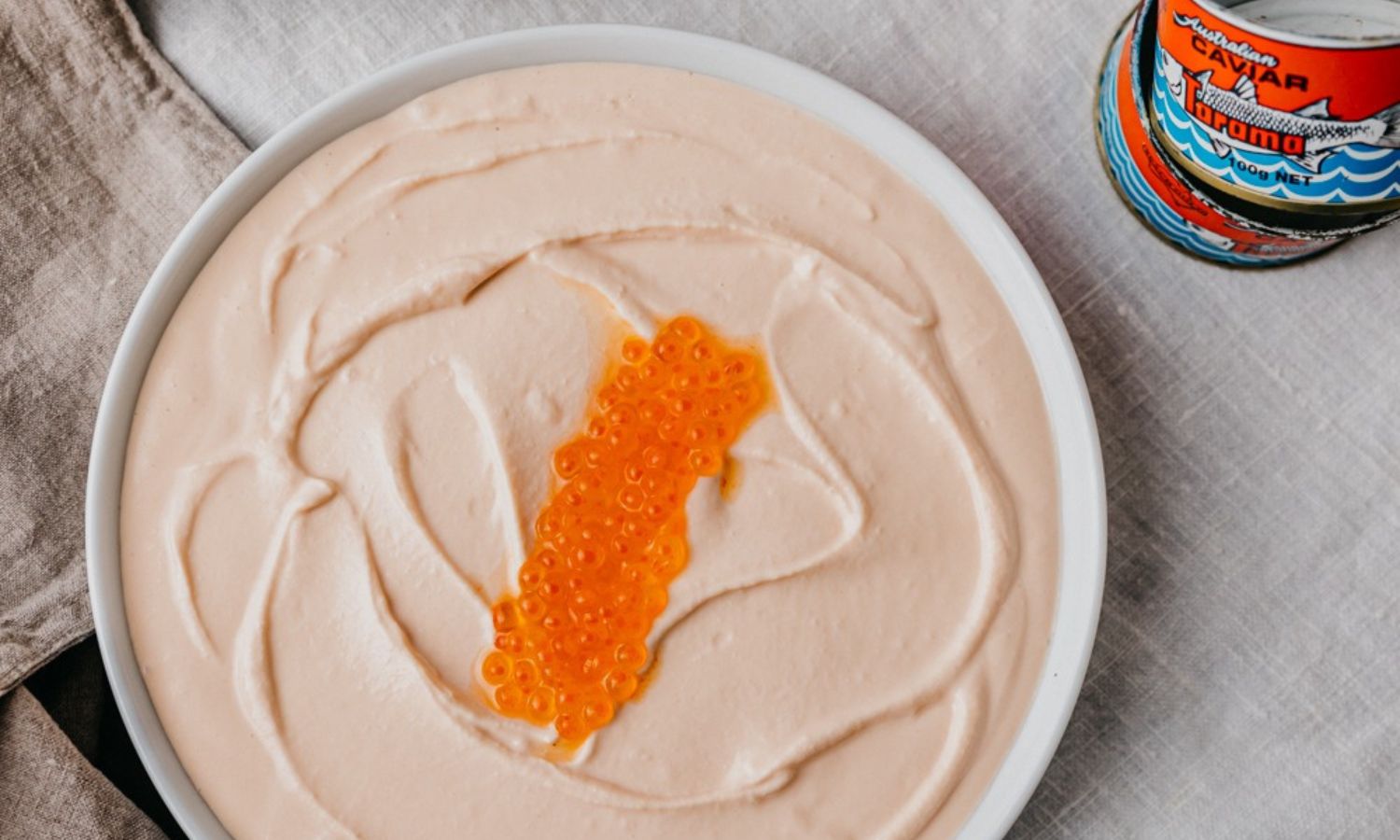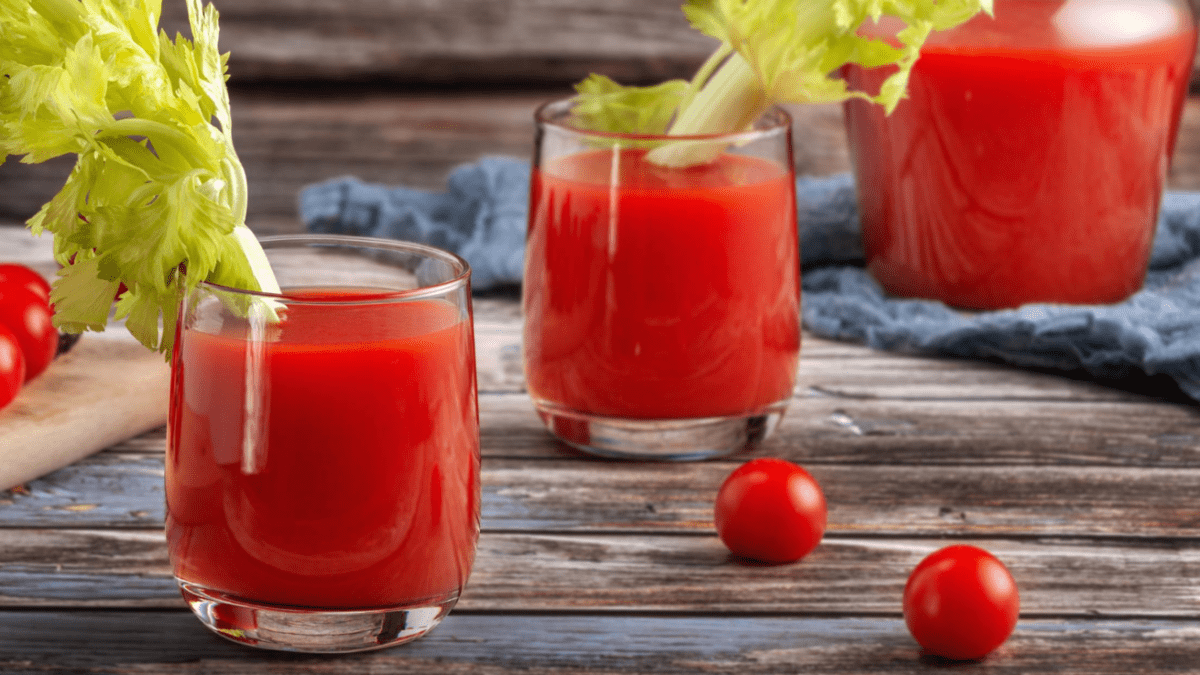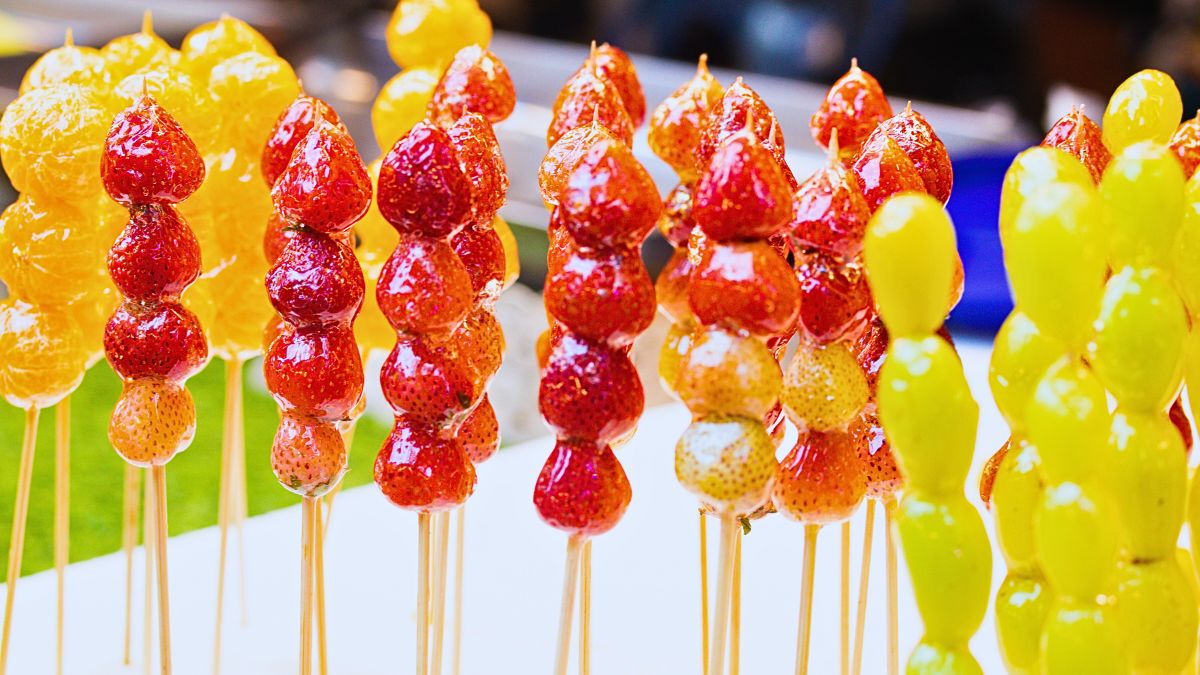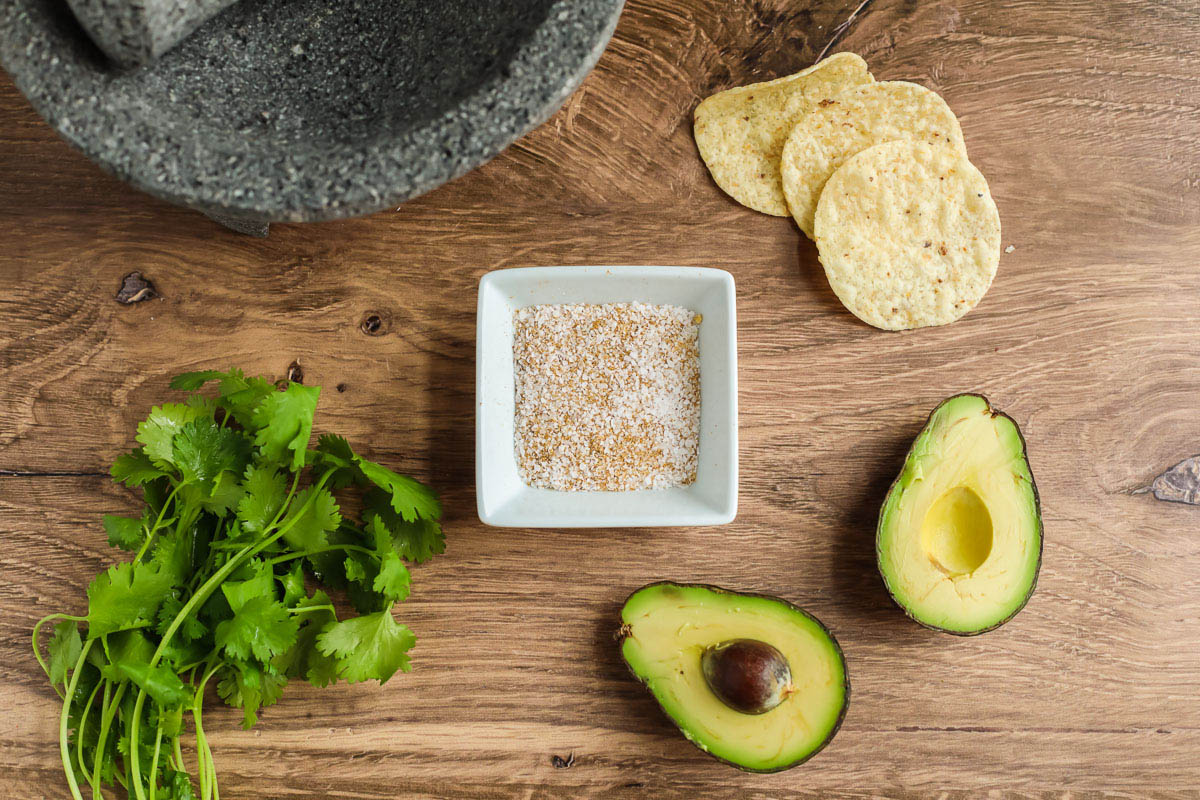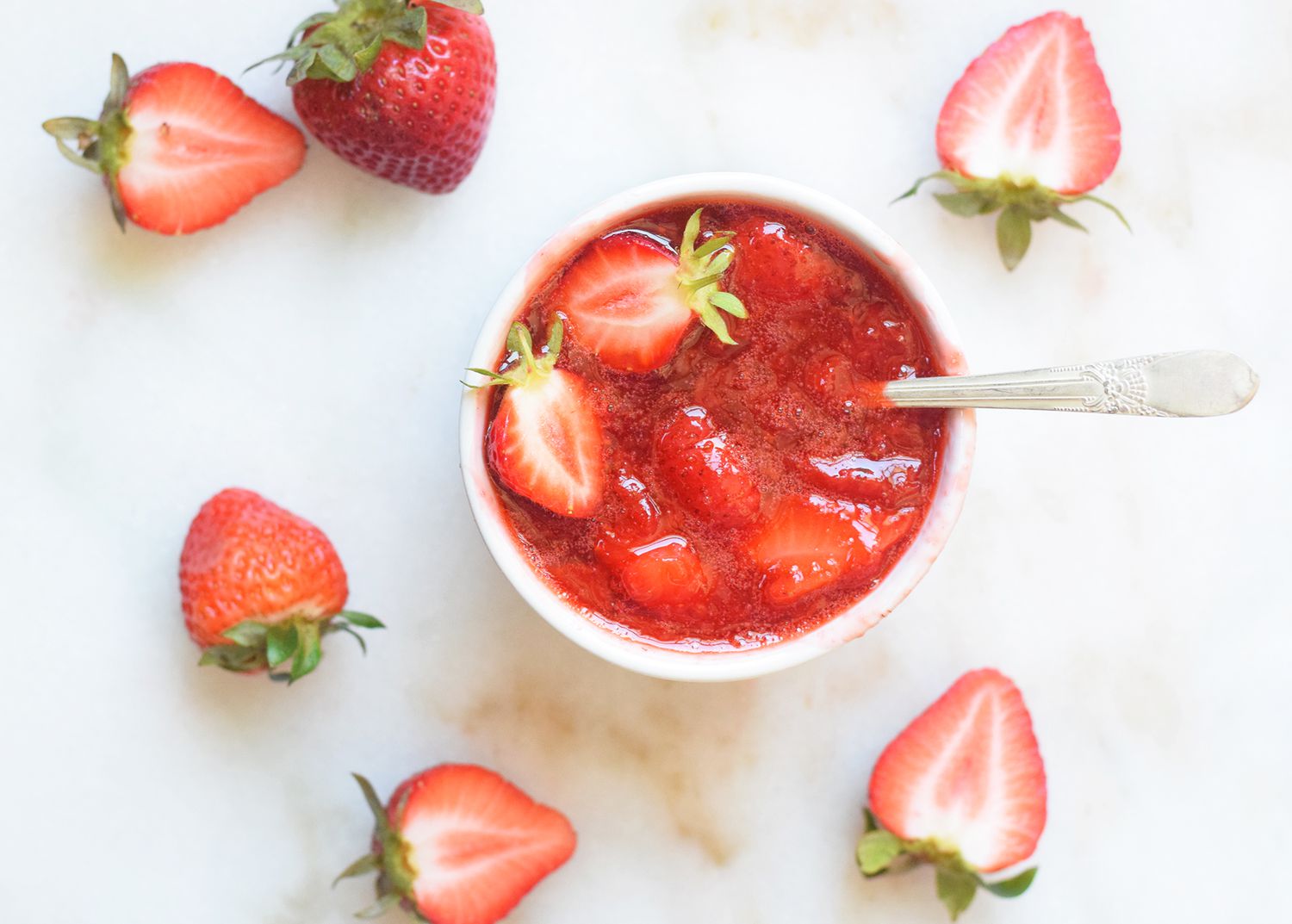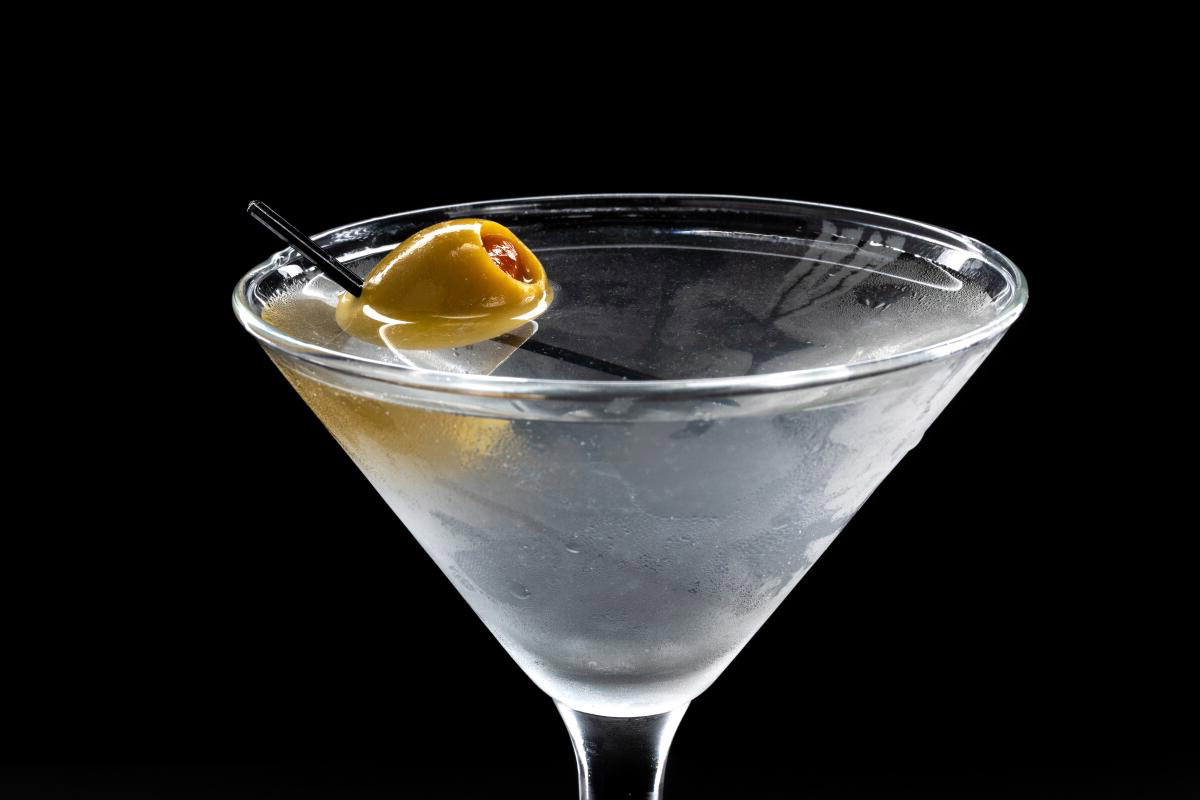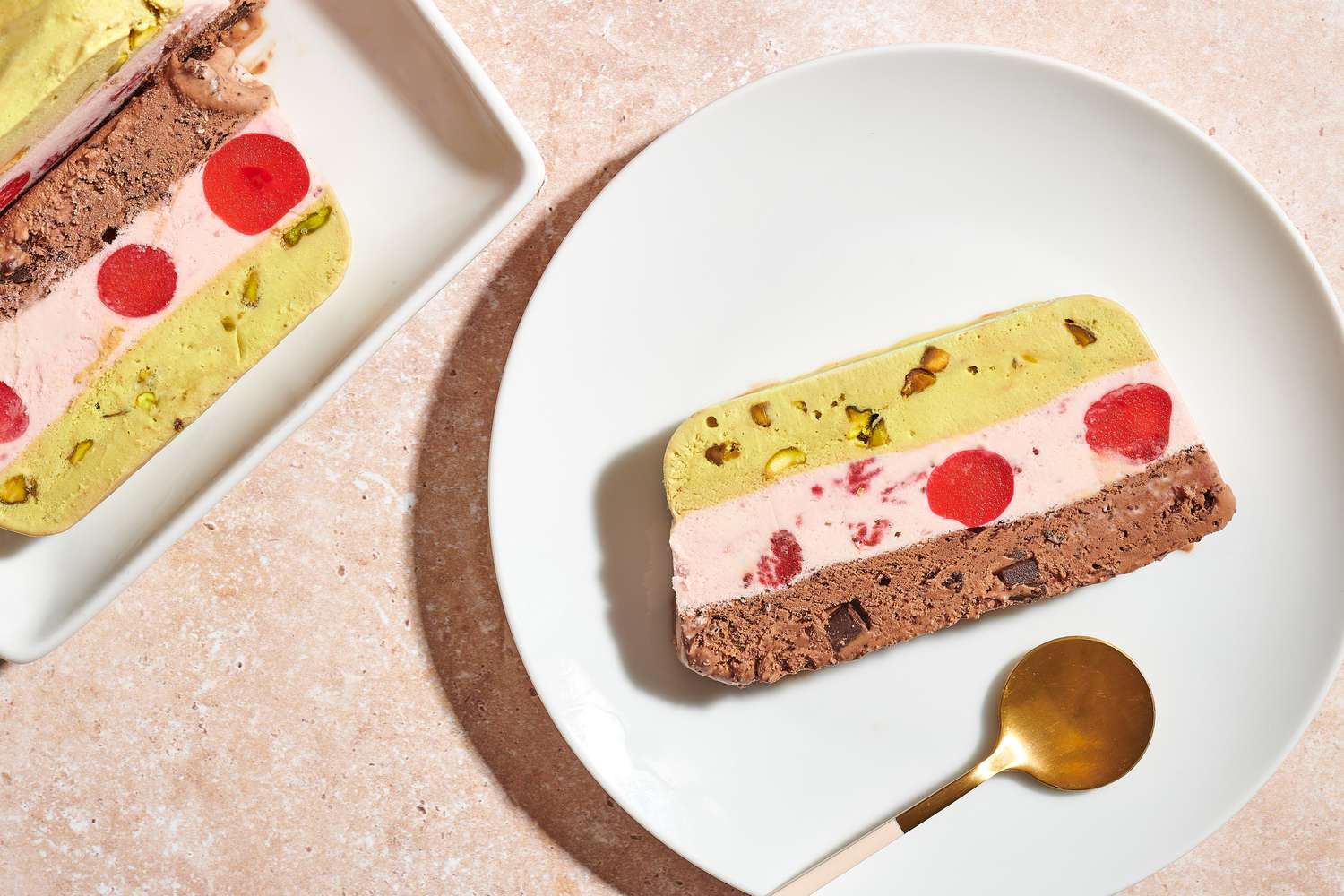Red pepper paste, also known as gochujang, is a popular Korean condiment that has been gaining attention in the culinary world for its unique flavor and versatility. Made from red chili peppers, glutinous rice, fermented soybeans, and salt, this thick and spicy paste adds depth and heat to a wide range of dishes. Whether you're a fan of Korean cuisine or simply looking to explore new flavors, red pepper paste is a must-have ingredient in your pantry.
The History of Red Pepper Paste
Red pepper paste has a rich history that dates back to ancient Korea. It is believed to have originated during the Three Kingdoms period, around 57 BC to 668 AD. Initially, it was used as a way to preserve chili peppers and other ingredients, allowing people to enjoy the spicy flavor year-round. Over time, red pepper paste became an integral part of Korean cuisine, used in traditional dishes such as bibimbap, tteokbokki, and bulgogi.
How Is Red Pepper Paste Made?
The process of making red pepper paste involves fermenting a combination of red chili peppers, glutinous rice, fermented soybeans, and salt. The ingredients are mixed together and then left to ferment for several months, allowing the flavors to develop and intensify. The result is a thick, spicy, and slightly sweet paste that adds a unique kick to any dish.
Culinary Uses of Red Pepper Paste
Red pepper paste is a versatile ingredient that can be used in a variety of ways. Its bold flavor and heat make it a great addition to marinades, sauces, and dressings. Here are some popular culinary uses of red pepper paste:
- Marinades: Mix red pepper paste with soy sauce, garlic, and a touch of honey for a delicious marinade for grilled meats or tofu.
- Stir-fries: Add a spoonful of red pepper paste to stir-fried vegetables for an extra kick of heat and flavor.
- Soups and stews: Use red pepper paste as a base for spicy soups and stews, such as kimchi jjigae or doenjang jjigae.
- Dipping sauce: Combine red pepper paste with vinegar, sesame oil, and a pinch of sugar for a tangy and spicy dipping sauce for dumplings or grilled meats.
Health Benefits of Red Pepper Paste
In addition to its bold flavor, red pepper paste also offers some health benefits. The capsaicin found in red chili peppers has been linked to various health benefits, including improved metabolism, pain relief, and reduced inflammation. Additionally, the fermentation process used to make red pepper paste can enhance its probiotic content, which is beneficial for gut health.
Where to Buy Red Pepper Paste
Red pepper paste can be found in Asian grocery stores, specialty food stores, and online retailers. When purchasing red pepper paste, look for a product that is made with high-quality ingredients and free from artificial additives. It's also important to check the level of spiciness, as some varieties of red pepper paste can be quite hot.
In conclusion, red pepper paste is a flavorful and versatile ingredient that adds a unique kick to a wide range of dishes. Whether you're a fan of Korean cuisine or simply looking to spice up your cooking, red pepper paste is a must-have condiment in any kitchen. With its rich history, bold flavor, and potential health benefits, it's no wonder that red pepper paste has become a beloved staple in kitchens around the world.
Was this page helpful?
Read Next: What Is A Tequila Sunrise?
